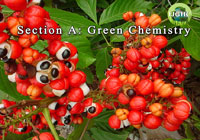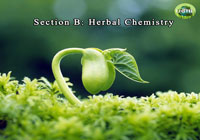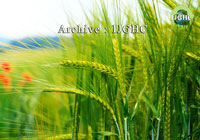The direct application of dung without composting, as practised by farmers, does not allow its chemical fertility potential to be fully expressed. The aim of the study was to use composting to improve the fertilizing power of dung, so that it can be put to better agricultural use. To this end, piles of cattle dung corresponding to different composting times (14, 21, 28 and 35 days) were formed and composted using the aerobic windrow composting method (Figure), with respective treatments T14, T21, T28 and T35. A small amount of wood ash was added to the heaps to accelerate the activity of the microorganisms. The piles were covered with plastic sheeting (Figure), turned every 4 days and watered as required until the end of composting. The contents of major elements (N, P, K), exchangeable bases (Ca2+, Mg2+), CEC and metallic trace elements (Fe2+, Zn2+) in the composts produced were evaluated. Cattle dung composts obtained the highest values for chemical parameters compared with fresh, non-composted dung. However, composting reduced trace metal concentrations in the composts produced. Dung composted for 28 days (treatment T28) produced the highest chemical parameter values in the composts. Composting cattle dung for 28 days should be recommended to market gardeners, for a better agricultural valorization of the dung.



